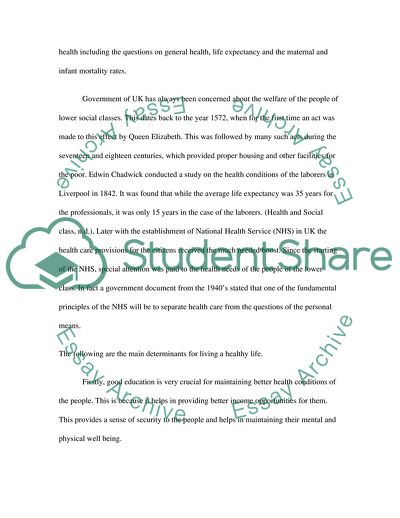Cite this document
(The Relationship between Social Class and Health Term Paper, n.d.)
The Relationship between Social Class and Health Term Paper. Retrieved from https://studentshare.org/social-science/1725319-discuss-the-relationship-between-social-class-and-health
The Relationship between Social Class and Health Term Paper. Retrieved from https://studentshare.org/social-science/1725319-discuss-the-relationship-between-social-class-and-health
(The Relationship Between Social Class and Health Term Paper)
The Relationship Between Social Class and Health Term Paper. https://studentshare.org/social-science/1725319-discuss-the-relationship-between-social-class-and-health.
The Relationship Between Social Class and Health Term Paper. https://studentshare.org/social-science/1725319-discuss-the-relationship-between-social-class-and-health.
“The Relationship Between Social Class and Health Term Paper”. https://studentshare.org/social-science/1725319-discuss-the-relationship-between-social-class-and-health.


